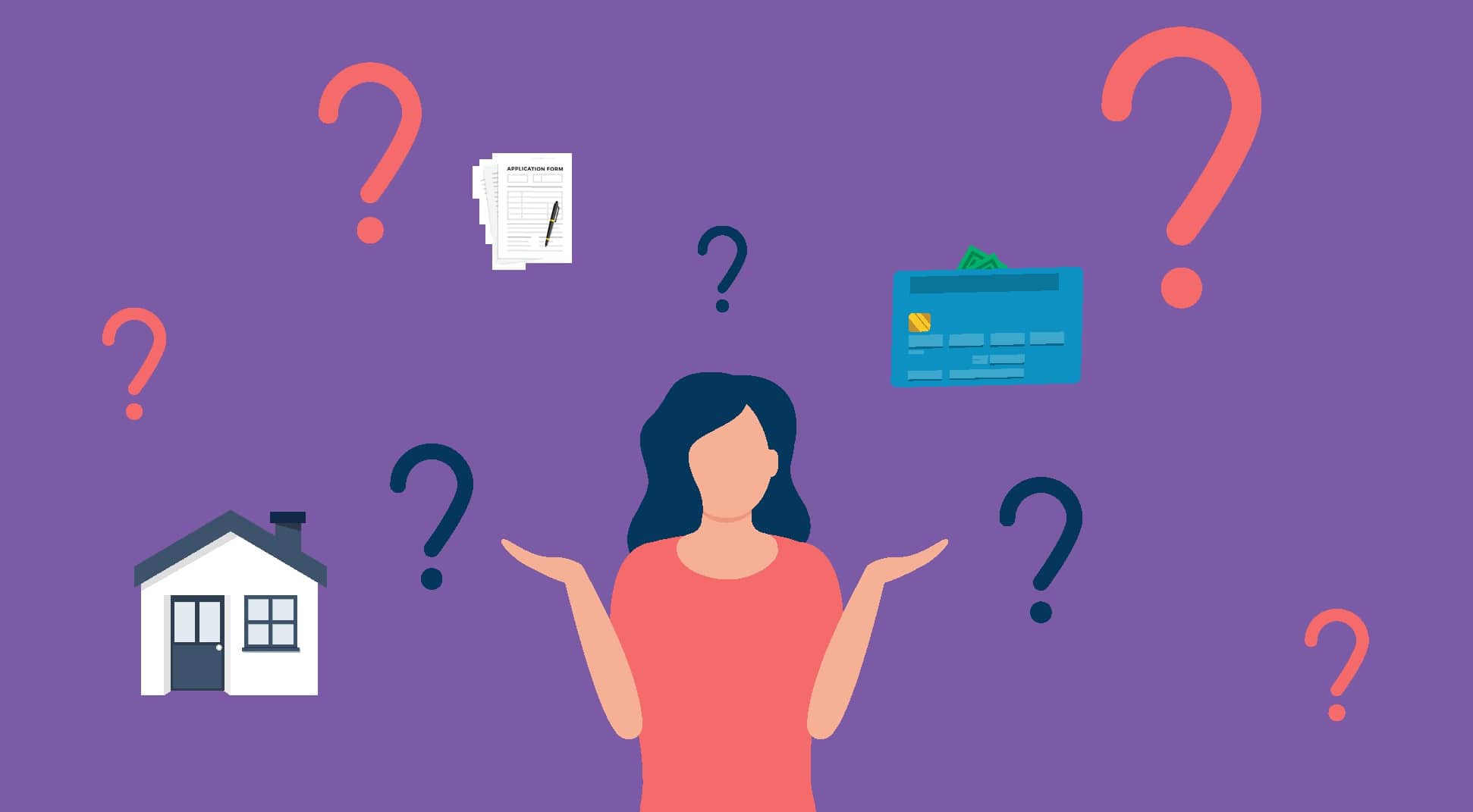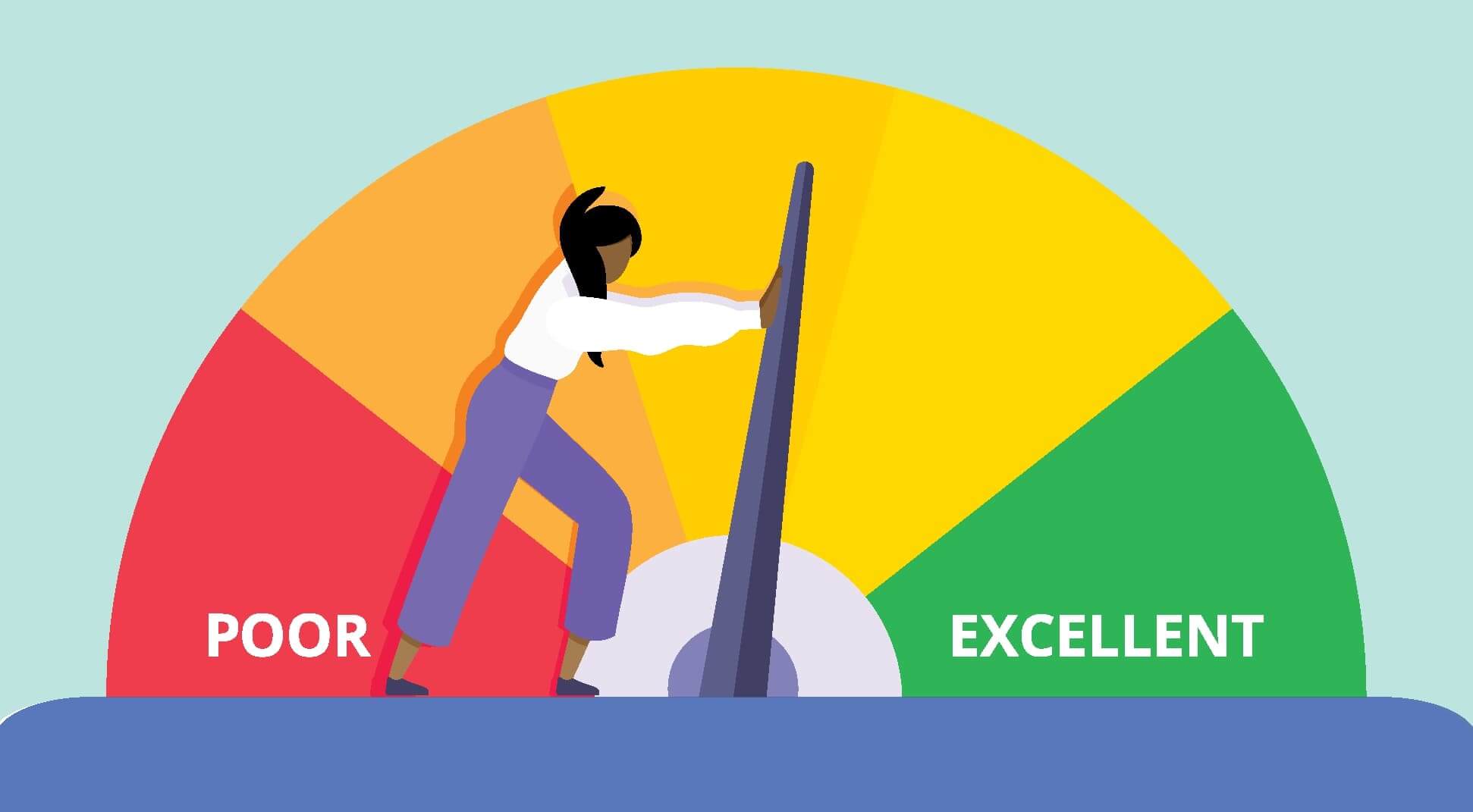Seven steps to save for your deposit
Preparing for home ownership
Saving for a deposit is often the biggest hurdle to home ownership.
At Keystart, we offer home loans with deposits from as low as 2%, to help you get into your own home sooner.
Creating a plan and implementing savings strategies can help you achieve your deposit requirement.
We've put together some savings tips to help you on your journey.
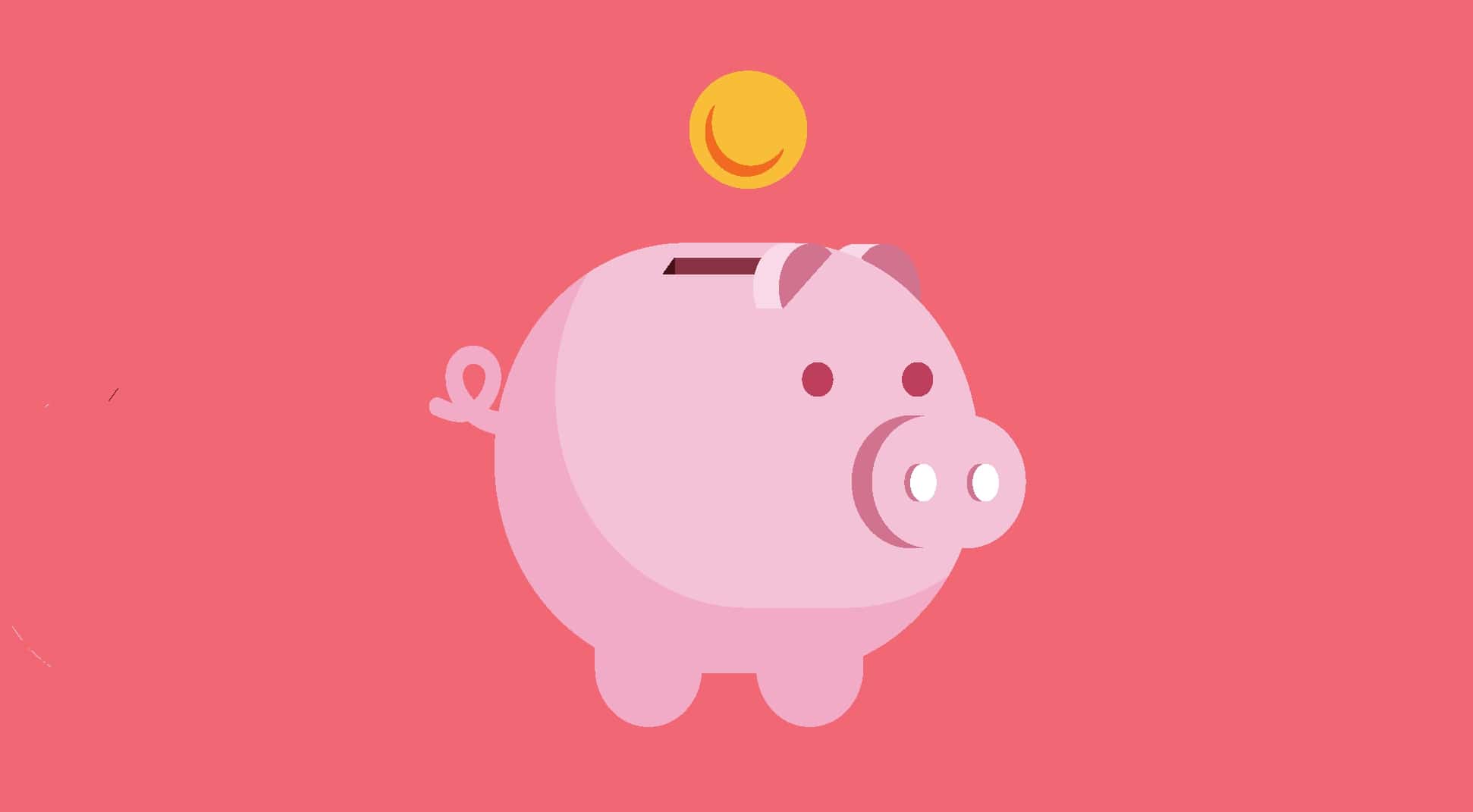
Seven steps to save for your deposit
-
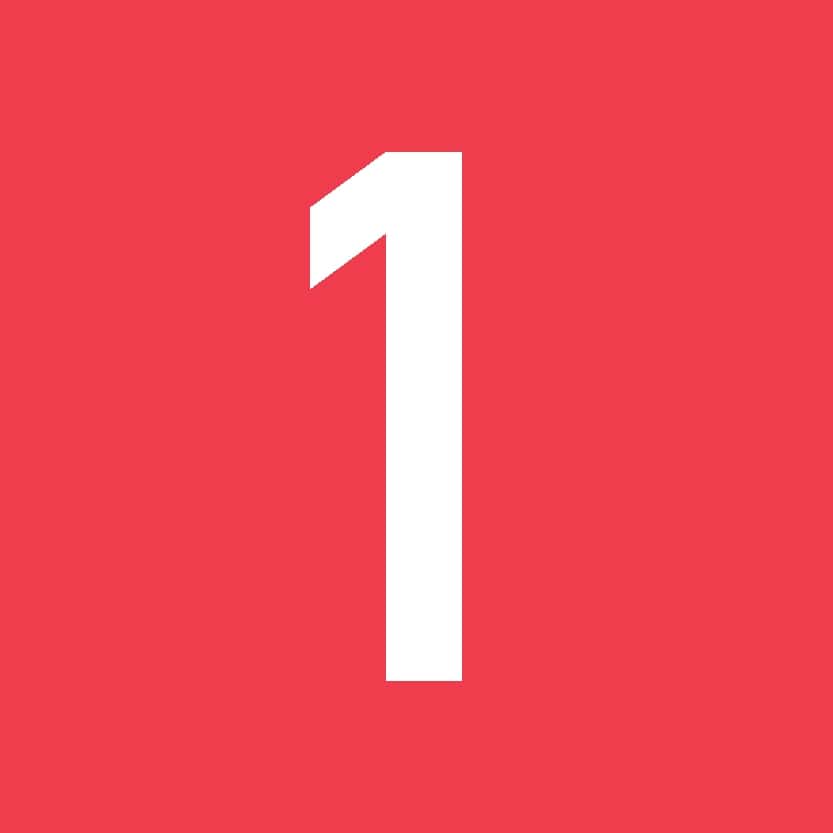
Open a separate bank account
Having a separate savings account for your deposit means you can clearly see how you're progressing. Why not set up a direct debit to transfer a set amount into that account after every pay check.
-
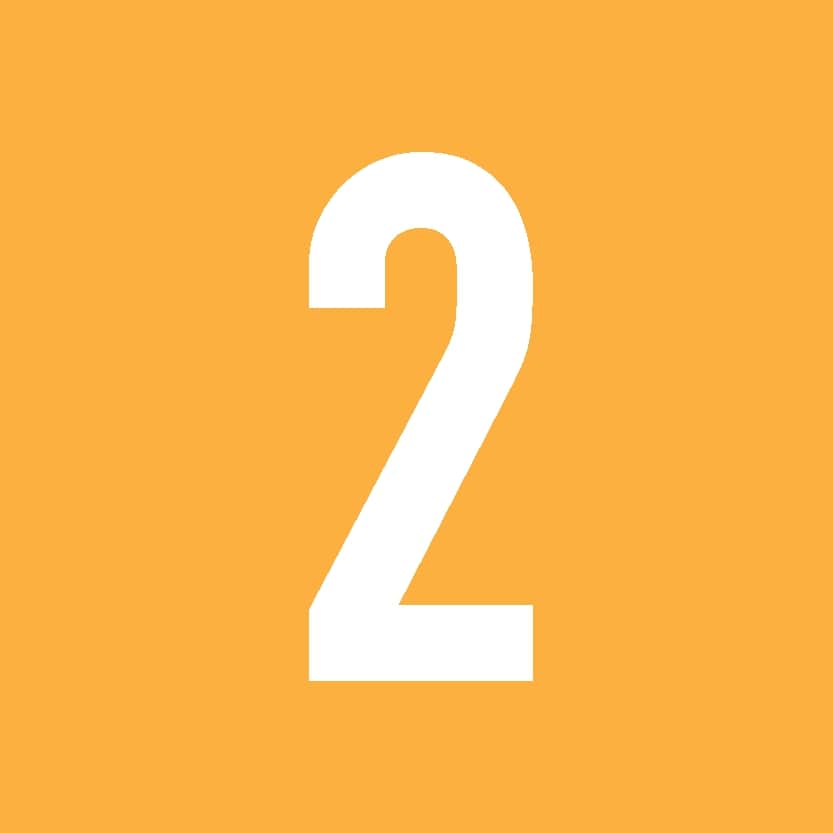
Meal plan
Planning a menu for the week before you go food shopping can be very helpful. You'll avoid buying random items and it allows you to budget properly. Also, with your meal planning it can be less likely that you splurge on a takeaway, as all the meal decisions have been made in advance!
-
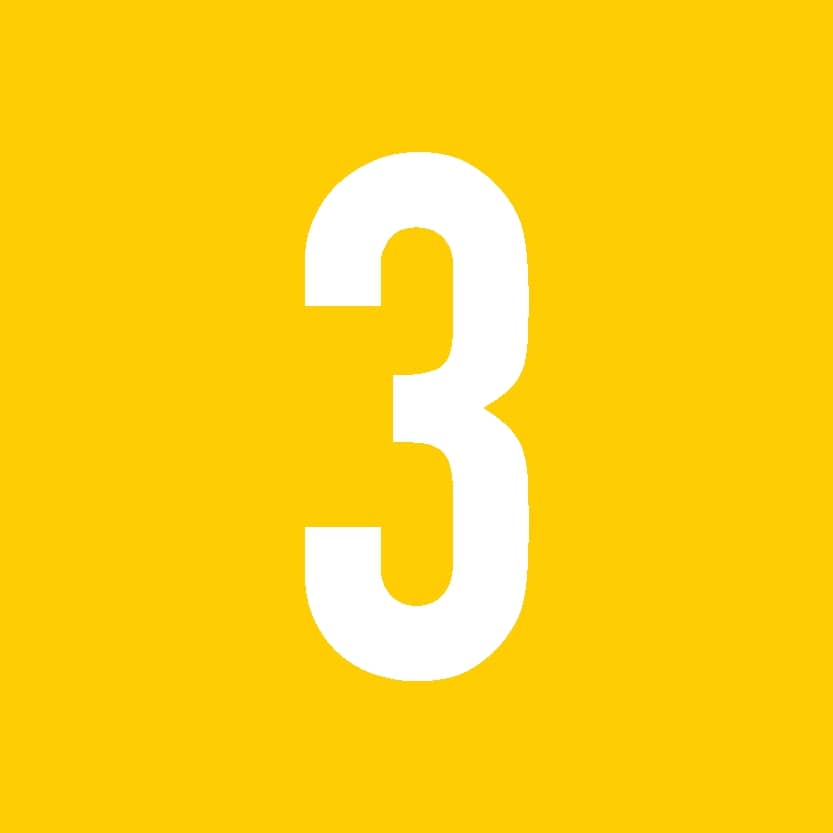
Stick to your savings plan
Sticking to budget keeps your savings consistent. Leave enough for the necessities and budget in entertainment too. Whatever money is left over can be your savings. There are a lot of helpful budget planners online, you just need to google it and select the one that works for you.
-
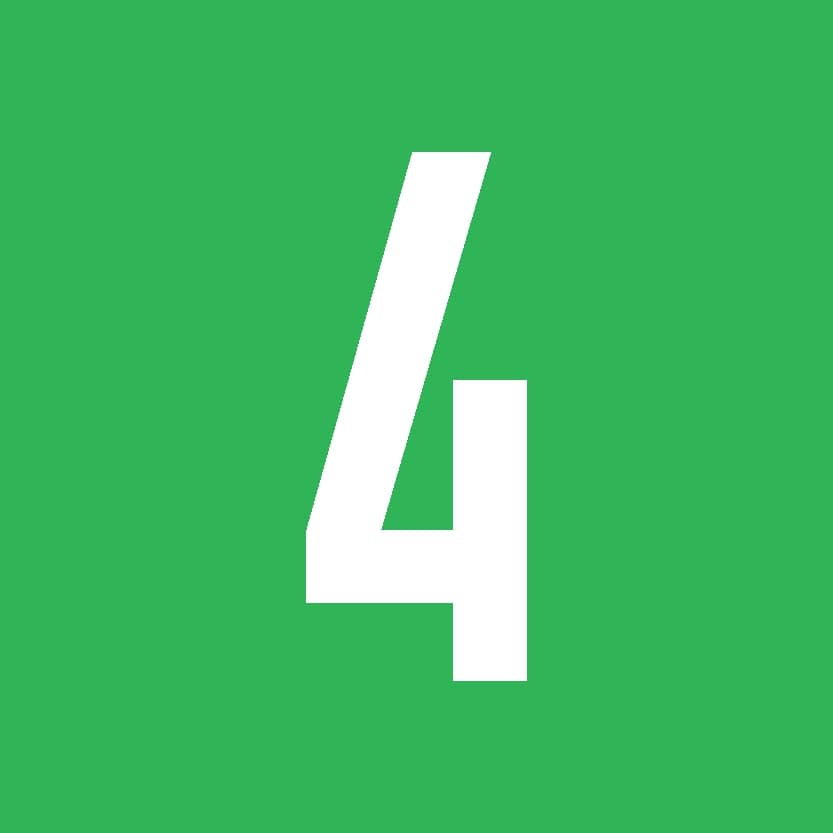
Shop around and buy in bulk
Many essential items, such as washing powder, kitchen wrap, toilet paper and nappies can be purchased cheaper in bulk. With internet research, it's easier than ever to shop around.
-
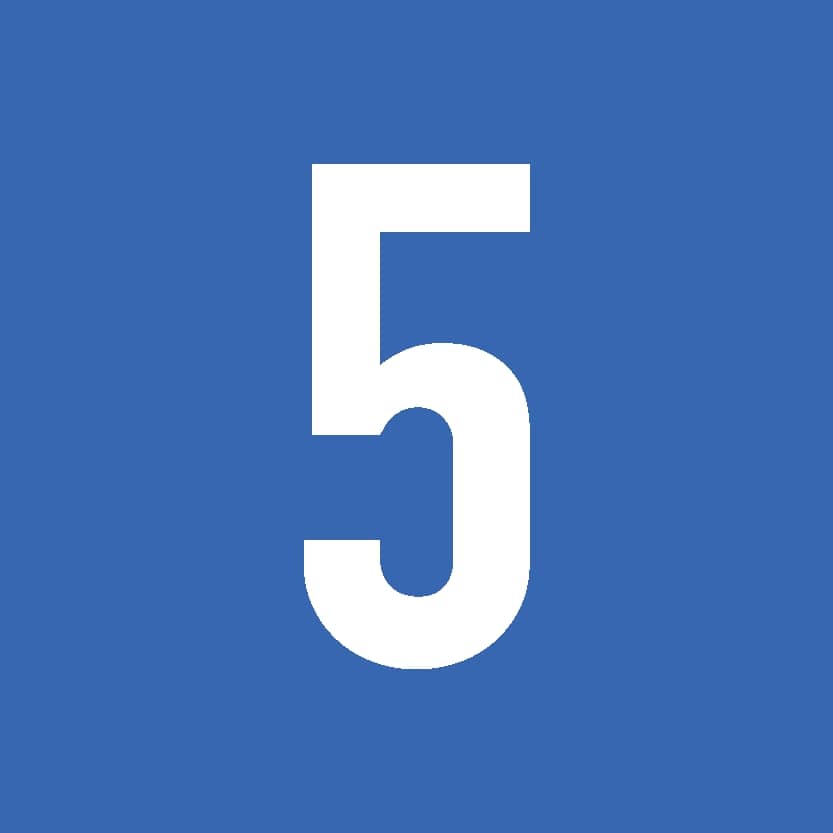
Paying off your credit cards
If you have credit cards, you could save a lot of money by paying off this debt and saving on the interest and charges that come with it. If closing your credit card isn't possible, reducing your card limit can also be helpful.
-
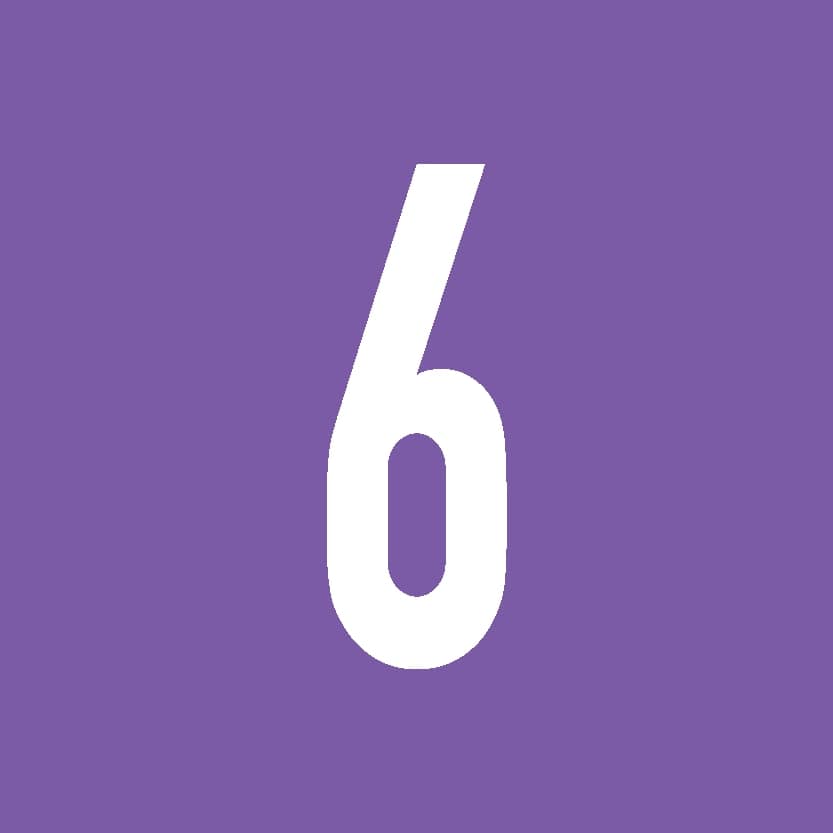
Paying debts on time
Paying bills and making repayments on time avoids extra fees and charges being applied.
-
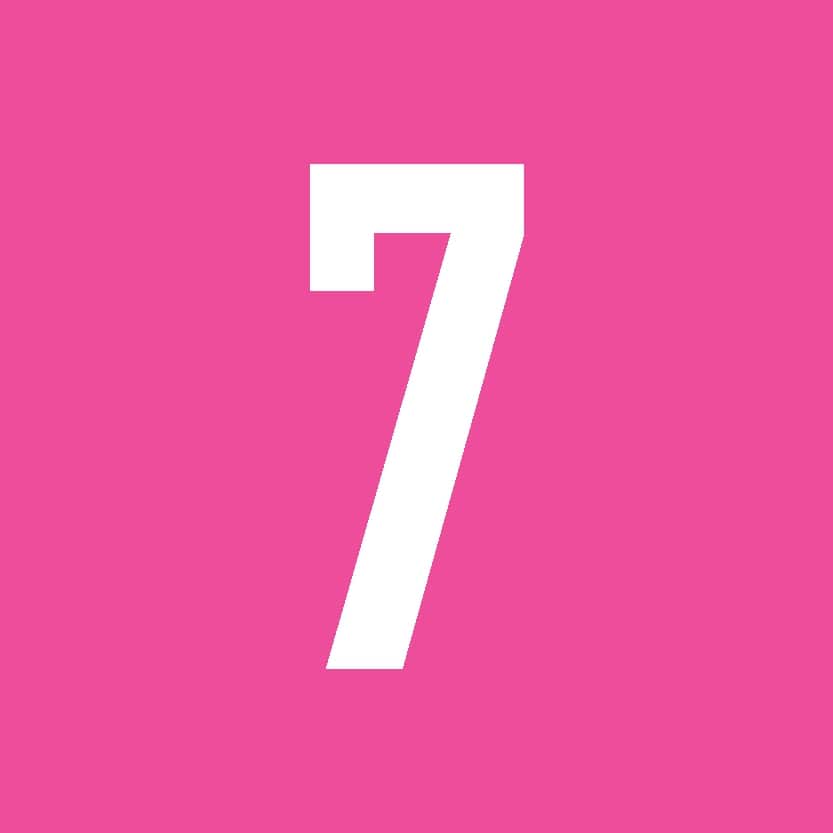
Consider a garage sale
Can you sell anything of value you don't need? A garage sale or selling online can create some extra savings for yourself.
Even implementing just some of these steps can help you on your journey to saving your deposit.
How much deposit will you need?
Try our How much can I borrow calculator to see how much you may be able to borrow and how much deposit you may need to save.
Savings beyond your deposit.
As well as a deposit, you'll need other funds to cover other costs associated with buying or building a home. Costs may include loan establishment fees, transfer (stamp) duty, settlement agent fees, shire costs and any moving expenses. Depending on your individual circumstances, you may need around $5,000 set aside to cover these costs.
Did you know...
You may qualify for the first home owner grant. It's currently worth $10,000 and at Keystart you can put it towards your deposit. Learn more on our Guide to first home buyer benefits.There is also a government initiative called the first home super saver scheme, allowing you to save for the deposit for your home within your super. Check it out on the government website.
Kim wants to buy a home for $400,000.
She knows that she needs a 2% deposit of $8,000 plus another $5,000 to cover costs such as water and shire rates, establishment and moving fees. In total, Kim needs about $13,000.
Kim uses the tips she knows to save her money, such as cutting back on takeaways, paying off and cancelling her credit cards and sticking to her budget. She is on track to have enough deposit saved to buy a home in the next 12 months.
Want to learn more?
Find out how much you may be able to borrow.
Learn more money saving tips.
Get in touch when you're ready for a home loan.
Whilst we have made every effort to ensure the accuracy of information on this page it is general only. The information is subject to change and has been prepared without taking your financial situation, requirements and objectives or needs into account.
We suggest you seek independent financial advice before you make any decisions about your financial needs.
